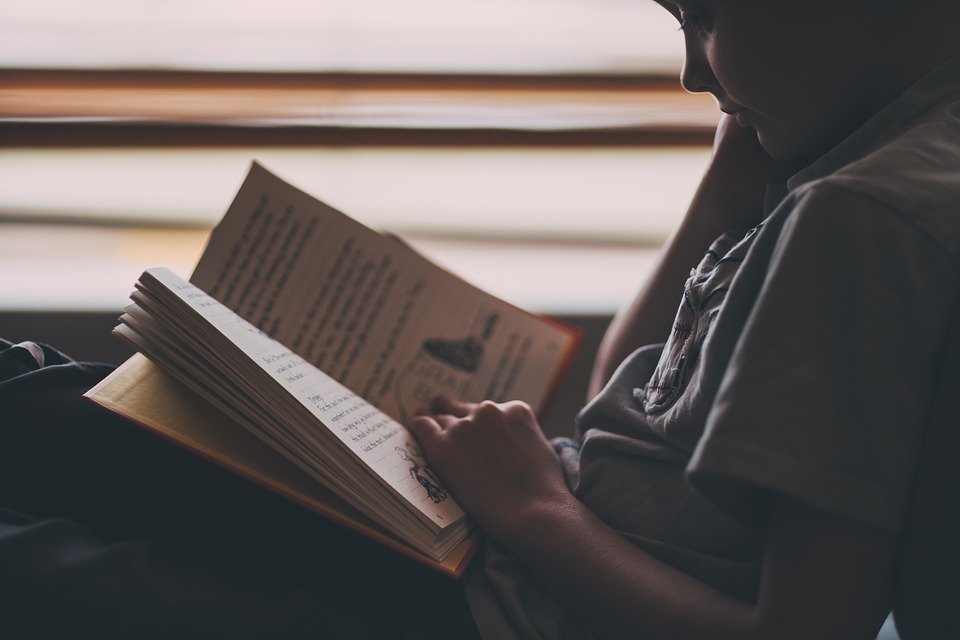Natural disasters can be a scary topic for children, but preparing together for these events is a great way to ensure your family’s safety. Once children know what to do when emergency strikes, they will be better equipped to cope and react quickly. Like any new skill, it doesn’t happen in a day – disaster preparedness for kids needs to be developed and practiced over time.
Not sure where to begin? Here are a few ways to get your children prepared for fires, flooding, and other emergencies.
Offer Age-appropriate Explanations
Kids may experience stress when they can’t understand what they perceive to be risky. While they don’t need to know all the practical details, they do deserve an honest answer. That’s where age-appropriate explanations can help give them a sense of control and understanding. Parents should start with simple explanations, discussing the things that might have the most immediate impact on kids. Even small things, like not being able to play video games (power loss) or hearing loud noises (hail storm) can have a big impact on kids if they don’t know what to expect.
Talk About the Importance of Vehicles
If you live in a fire-prone area with no shelter nearby, educate kids about the importance of the family’s vehicle. You can do some drills where you teach them how to quickly get into the vehicle and buckle up their seatbelt. Also, tell them to put their head down below the windows and cover it with a blanket. Vehicles can be a great source of shelter, and they also allow you to make a quick getaway.
Make a Kit
Teach your kids about the things your family will need to stay healthy and safe. Then, allow them to apply their knowledge by helping you make an emergency kit. Order a few supplies from Amazon and explain the purpose of each item. Food, water bottles, first-aid kids, and flashlights come to mind first, but don’t forget things like a battery-powered radio so your family can receive the most up-to-date news from local correspondents. Ready.gov has a kid-friendly checklist to show children what supplies will come in handy.
Introduce Them to First Responders
Breaking the ice between your children and the first responders in your area can go a long way in preparing them for emergency situations. Children can learn first-hand how these heroes respond in chaotic situations. Local responders can also show your kids what they typically do to help in an emergency and what they look like when they’re all suited-up. The last thing you want is for your child to be scared of a firefighter in full garb should they ever need to be rescued.
Help Them Memorize an Emergency Contact Number
Starting around age 6, kids should be able to learn critical phone numbers. Help them learn your cellphone number or another emergency contact number. You can practice with your kids and even put phone numbers to familiar tunes (ex: “Old MacDonald Had a Farm” or “All Around the Mulberry Bush”). If your kids know how to text and have access to a cell phone, make sure they know who to get in touch with. Texting services are rarely affected by disaster.
Decide on a Meeting Place
Emergencies can strike at any time, so make sure your kids know what to do if they’re alone. For example, you can tell them to exit the home in case of a fire and meet you at a certain place. The place could be a local shelter, a park or school. Take your kids to the site, so they know exactly how to get there. Additionally, teach them about evacuation zones and routes and how they can help your family reach a safer destination.
Invest in Natural Disaster Books for Children
Reading books about natural disasters can help kids better understand and prepare for them. Knowledge is power, and there are some excellent non-fiction books out there to give kids the facts about these disasters. There are also some good fiction books about disasters with memorable stories. Through stories and illustrations, kids can learn how characters think through challenging experiences and are resilient during and after disasters. This includes characters modeling safe behaviors, such as building an emergency preparedness kit, helping others, and taking cover in a nearby shelter. To see if kids are learning from the stories, have them explain what the characters did with respect to planning, safety and evacuation.
Here are just a few books worth checking out:
The Science of Natural Disasters by Alex Wolf
This kid-friendly guide to natural disasters combines quirky and colorful illustrations with fact-packed, simple-to-understand text.
The author uses the cartoon character of a bear and a rabbit to remind children that nothing is too scary with friends and family by their side.
National Geographic Kids Everything Weather by Kathy Furgang
This book covers the whole range of weather-induced natural disasters, including hurricanes, tornadoes, earthquakes and more.
Conclusion
We understand that preparing kids for natural disasters can be challenging. Given all there is to do as a parent, the last thing you may want to do is make time to talk about potential emergencies with your children. Fortunately, there are ways to make these conversations a little less scary, and they’ll be well worth the effort should your family ever encounter a real-life disaster.

